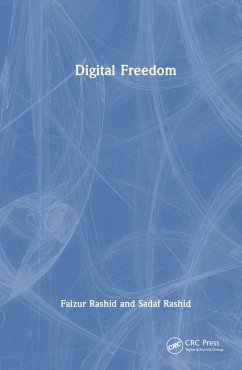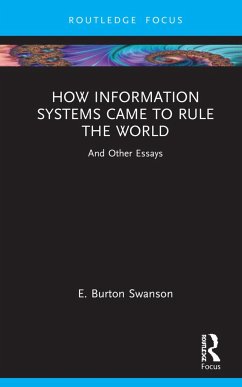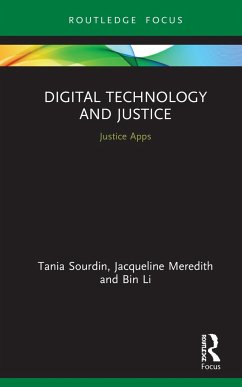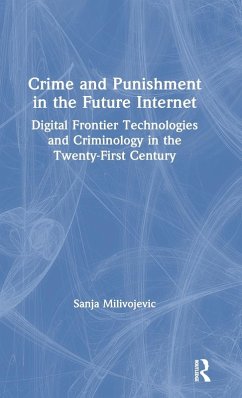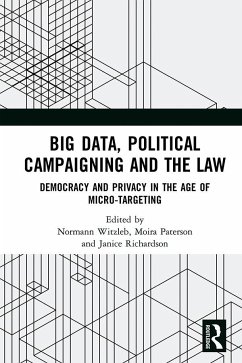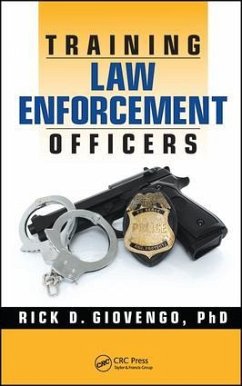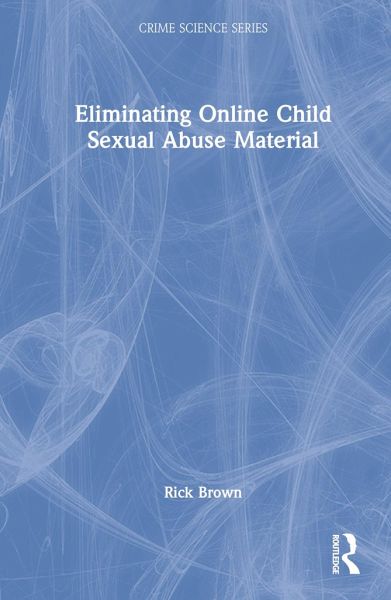
Eliminating Online Child Sexual Abuse Material
Versandkostenfrei!
Versandfertig in 1-2 Wochen
149,99 €
inkl. MwSt.
Weitere Ausgaben:

PAYBACK Punkte
75 °P sammeln!
This book uses a crime science approach to explore the ways in which child sexual abuse material can be tackled. It describes the CSAM ecosystem, focusing on the ways in which it is produced, distributed and consumed and explores different interventions that can be used to tackle each issue.






